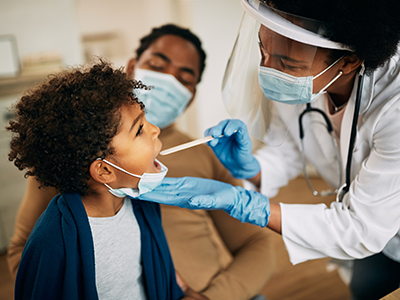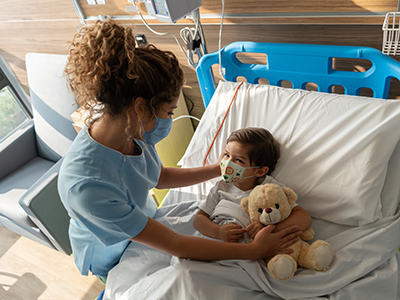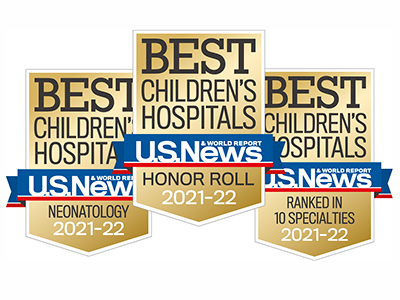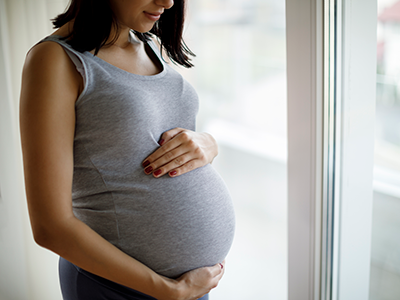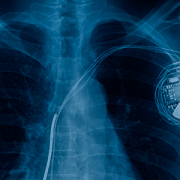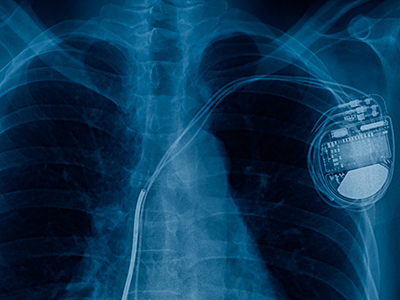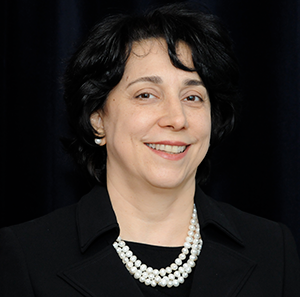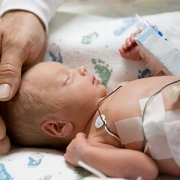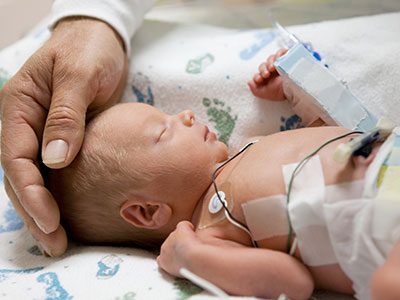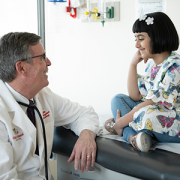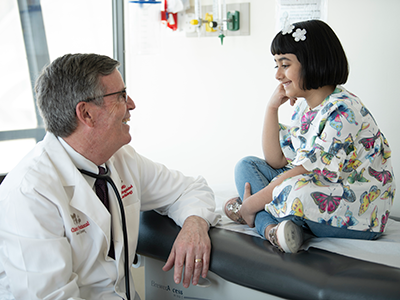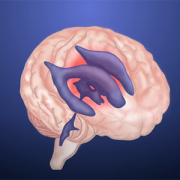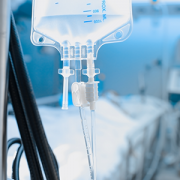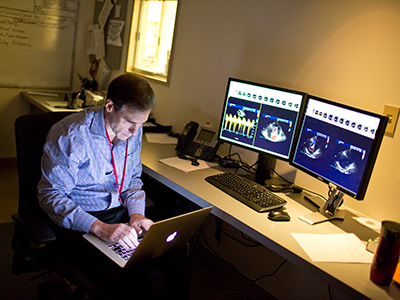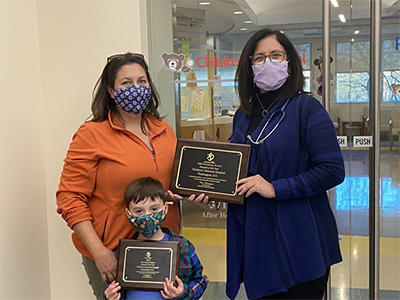Calling greater attention to sub-Saharan Africa’s pressing challenges in pediatric cardiac care
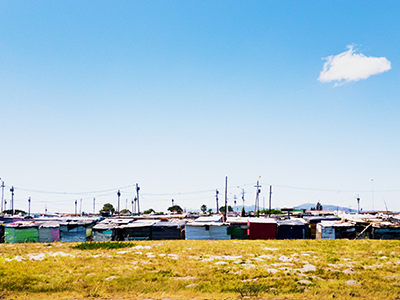
Sub-Saharan Africa has only 0.19 pediatric cardiac surgeons per million children — nowhere near enough surgeons to care for all the pediatric congenital heart disease and acquired heart disease present in the people who live there.
A literature review in the journal Current Opinion in Cardiology draws further attention to the pressing needs for better pediatric cardiac care in regions of the world where the population continues to grow, but the development of specialty care for children continues to lag. The article focuses specifically on sub-Saharan Africa.
“If 40% of live births occur in Africa by 2050 as the projections suggest, congenital heart disease may well become the most important contributor to infant mortality rate in sub-Saharan Africa in the next three decades,” stated the authors, including Annette Ansong, M.D., who recently joined Children’s National Hospital as medical director of outpatient cardiology.
As highlighted previously by other authors within the Global Health Initiative at Children’s National and through the work of the American Heart Association, the region’s needs are already significant in tackling the impacts of existing congenital heart disease and rheumatic heart disease. Rheumatic heart disease is a devastating long-term outcome of rheumatic fever caused by untreated streptococcus infections.

“If 40% of live births occur in Africa by 2050 as the projections suggest, congenital heart disease may well become the most important contributor to infant mortality rate in sub-Saharan Africa in the next three decades,” stated the authors, including Annette Ansong, M.D., who recently joined Children’s National Hospital as medical director of outpatient cardiology.
Dr. Ansong and colleagues reiterate the point that today, “whereas one cardiac center caters to approximately 120,000 people in North America, 33 million people in sub-Saharan Africa must depend on one center for care.” They also note that this region of Africa has only 0.19 pediatric cardiac surgeons per million children compared with more than 58 times as many in North America.
Changing the trajectory of pediatric cardiac care in sub-Saharan Africa will take motivation on several fronts, the authors write. Dedication to early detection and intervention (medical or surgical), an emphasis on building an in-country pipeline of human resources and skills’ sets are needed to tackle the increasing numbers of children requiring this specialty care. Political will and better financial resources can also support the training and development of centers that specialize in these capabilities.




